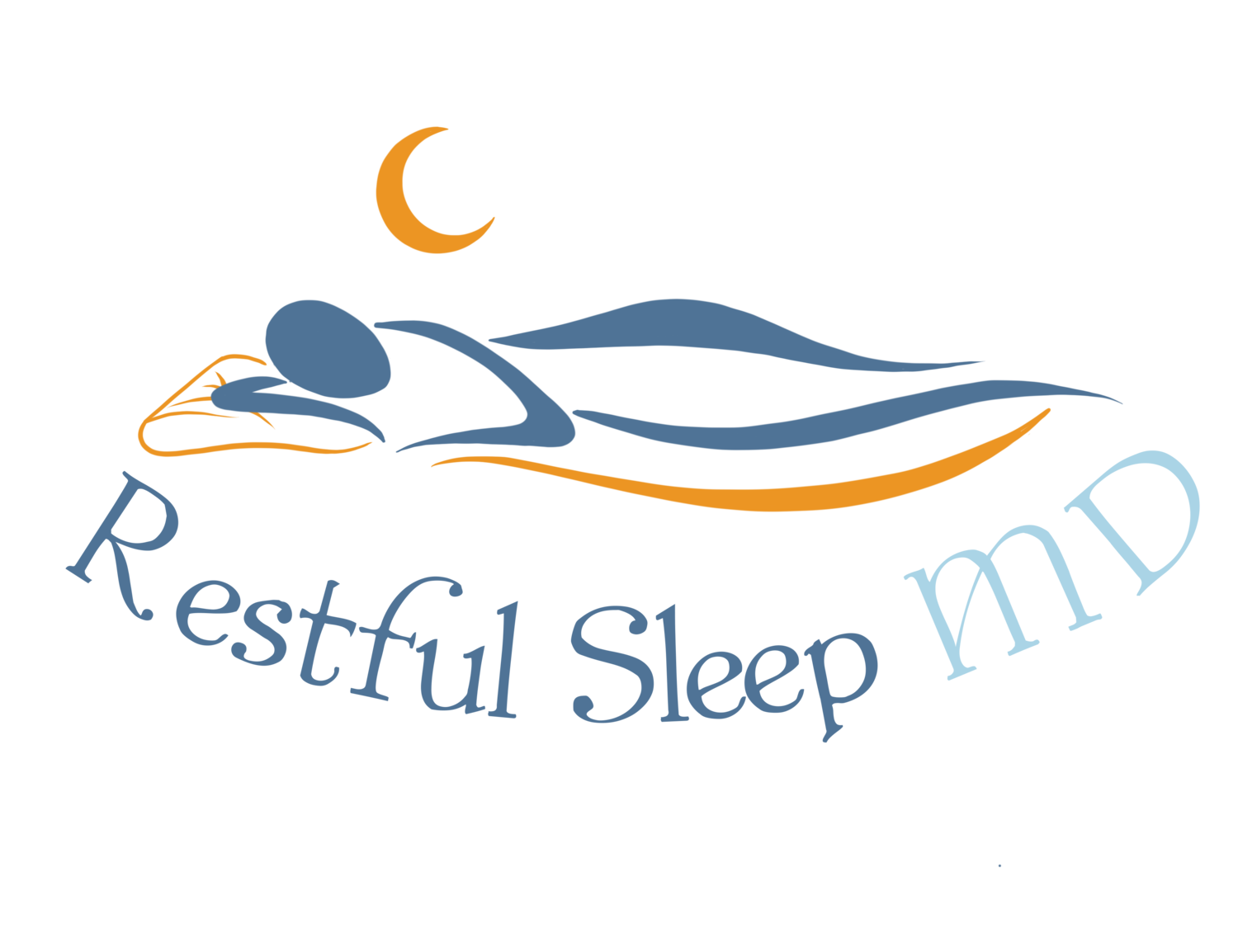What to do with “Bumps” at night. Treatment of parasomnias.
Parasomnias are unusual behaviors occurring during sleep. They start during childhood and tend to resolve during the same time period; however, some parasomnias persist into adulthood. Fortunately, most parasomnias are not harmful and often don’t require treatment.
In my last blog post found here, I reviewed the different types of parasomnias and their triggers. In this post, we will discuss how and when to treat parasomnias.
How can I tell if my child has parasomnias or other conditions?
Here are some points to consider if your child has parasomnias. A detailed history is an essential tool to diagnose parasomnias.
When are these episodes occurring (first half of the night versus second half)? Parasomnias usually happen in the first half of the night. In contrast, nightmares are more common in the second half during REM sleep.
How long do they last?
How many times at night does it occur?
Are there any known triggers such as fever, stress, other medical conditions?
What is the child doing during the episode? Sometimes a video recording is helpful.
What happens when you try to intervene? Are they more agitated? Do they become more combative, or do they respond to you?
Are there any abnormal daytime behaviors? Suppose you notice any odd behaviors and your doctor suspects epilepsy. In that case, it is helpful to evaluate this with a test called an EEG that can formally measure their brain activity for seizures.
A video recording of the episode can be helpful for your sleep specialist.
Keeping a log of their sleep with a sleep diary is also beneficial. Sleep diaries can show irregularities in their schedule if they are getting enough sleep or not.
Should my child get a sleep study if they have parasomnias?
An overnight sleep study, also called a polysomnogram (PSG), is a particular test to check your child’s sleep. It involves coming to a sleep clinic where your child will be connected to different noninvasive channels to monitor their brain waves, breathing, oxygen levels, and movements. The sleep study is not typically used to diagnose a parasomnia (usually, a good history is sufficient). However, in situations when a sleep disorder is suspected (for example, sleep apnea, restless legs syndrome, or seizures), it should be performed. Sometimes we may be able to see the parasomnia during the sleep study. On the other hand, I have had situations where children don’t have any parasomnias on the night of the sleep study, which is why history is so important!
How are parasomnias treated?
Most parasomnia episodes are benign and usually don’t require treatment. Treatment of parasomnias takes many forms, depending on the underlying cause and type. However, the general approach to treating parasomnias includes prevention, ensuring safety, and knowing when to intervene.
Get enough sleep: A significant focus is ensuring your child gets enough sleep. They should have a consistent sleep time and wake time, even on the weekends. Promoting healthy sleep habits should be the foundation for achieving sound sleep and treating sleep terrors. Maintain healthy sleep hygiene. To create healthy sleep habits for your family, check out my blog [here].
Safety: Make sure your child’s environment is safe. Children who sleepwalk may fall down the stairs or leave the house! You should have a system to alert you if your child is sleepwalking. Install a baby gate if your child’s bedroom is not on the first floor. Avoid having them on the top bunk in the bedroom. Installing multiple locks on your house door and an alarm system is also a good idea. Secure your windows and block access to stairs and the kitchen. Other ideas are having their mattress on the floor and using sleeping bags.
Scheduled awakenings: If your child has frequent and predictable parasomnias, at times, waking them about 15 minutes before the episode to break that sleep cycle can help. You can wake them gently to use the bathroom and return to sleep. As you can imagine, this can be stressful and sometimes impractical but could be effective.
Do a medication check: Discuss with your doctor if alternatives for medications that may be triggering these parasomnias are available.
For children who continue to have parasomnias despite adequate sleep and improved sleep habits, a sleep study is recommended to check for any sleep disorders. Note that the sleep study is generally not helpful in diagnosing sleep terrors but rather in identifying any triggers.
Treat other medical disorders: Make sure asthma or other medical diseases are well controlled.
Medications: Rarely do you need medicines for parasomnias. Drugs can be used in complex, severe parasomnias, or when the child is becoming a threat to themselves and others. Many of the medications used have side effects and should be given in consultation with a sleep doctor or sleep therapist.
Parasomnias usually start in childhood and resolve, although sometimes they may persist into adulthood. Most of these parasomnias are not dangerous, while some may be scary and disturbing. Your focus as a parent is to ensure your child is safe, practices healthy sleep habits, and avoids sleep deprivation. Always speak with your pediatrician if your child has parasomnias, as you may need further testing, including a referral to see a sleep medicine specialist.
Interested in additional sleep support? Learn more about Sleep Coaching and our Private Practice The Restful Sleep Place.


